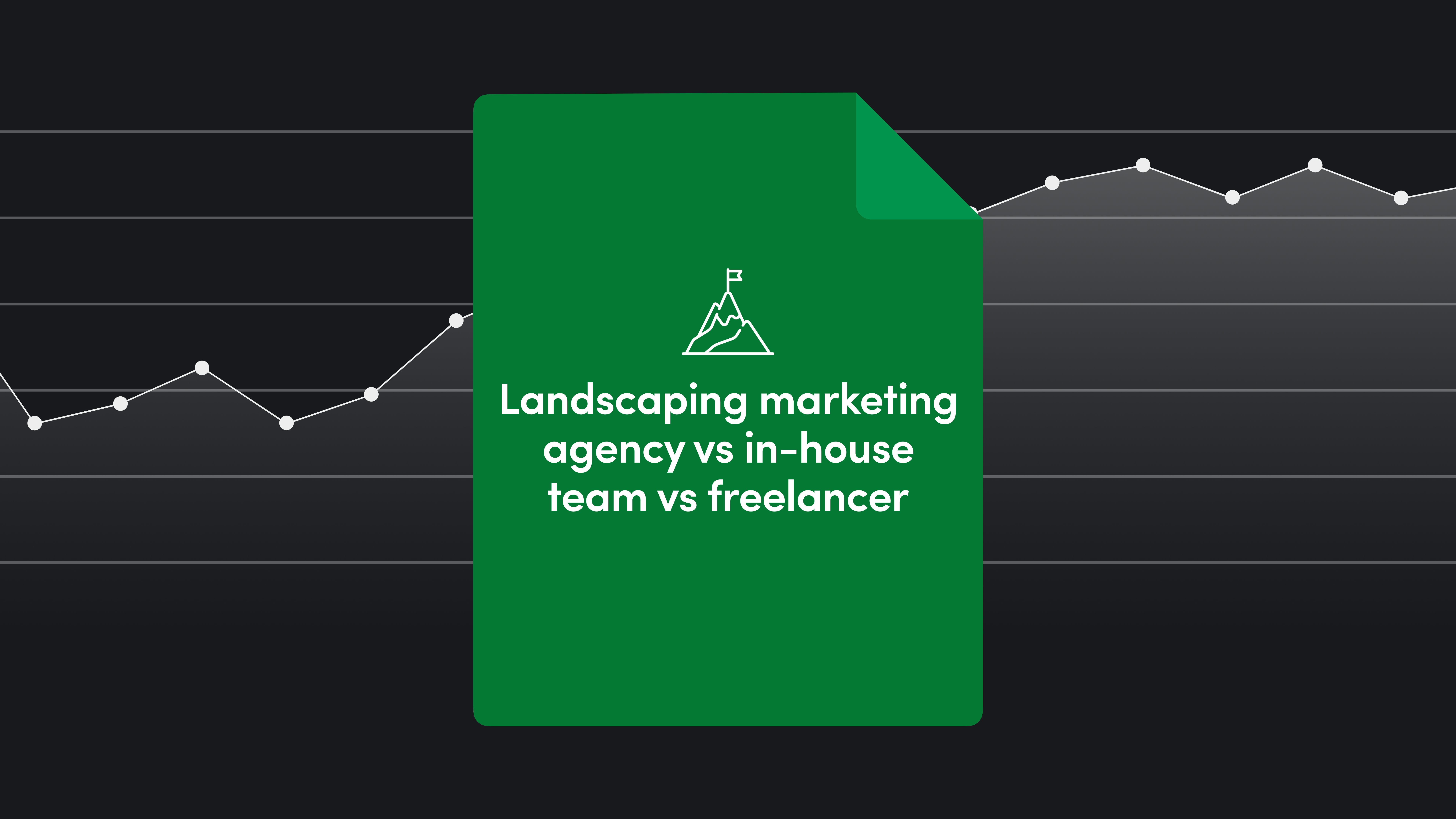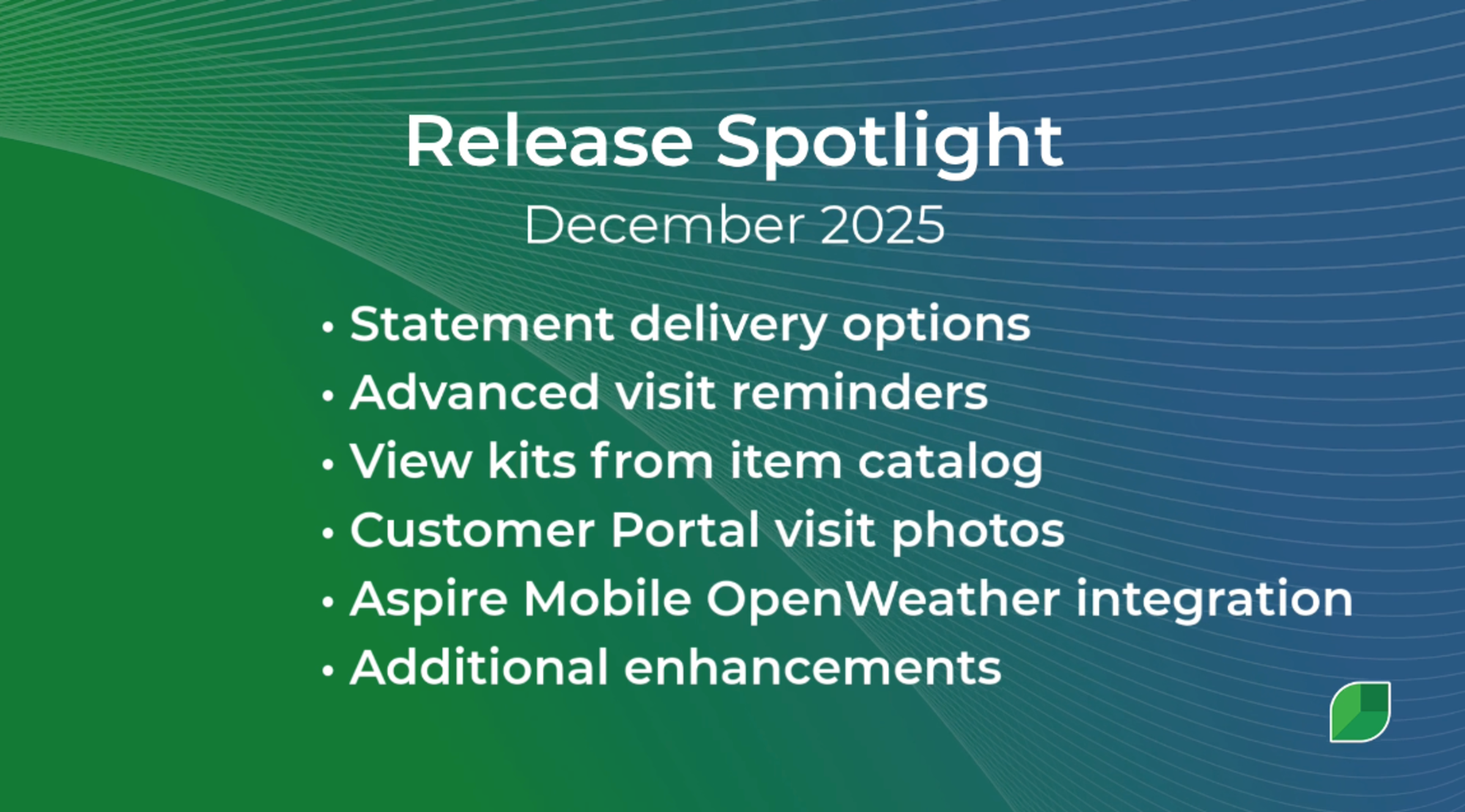Starting and running a successful landscaping business requires careful planning, strategic decision-making, and a solid understanding of your finances.
An in-depth analysis of your break-even point is essential for your business’s financial health and the long-term viability of your startup, small business, or commercial landscaping company.
→ Before a business can begin to make a profit, it first needs to break even.
Read on to discover how to perform a break-even analysis for your landscaping business and learn about the financial components that affect your break-even point.
Understanding break-even analysis
A break-even analysis is a financial calculation of the point where total revenue equals total costs.
→ This analysis is not intended to show a profit or loss but rather the specific break-even point.
The analysis helps businesses understand the minimum level of sales or production required to recoup all expenses and start to earn a profit.
Businesses may also conduct break-even analyses to avoid financial risks, determine the right pricing structures for goods and services, and inform decisions to expand operations or introduce new services.
Identifying fixed costs
The first step in a break-even analysis involves correctly identifying all fixed costs at your landscaping service business.
Fixed costs include business expenses that remain static, regardless if you increase production or sales volume, such as:
Rent or mortgage payments
Insurance and employee benefits
Salaries
Taxes, utilities, and loan payments
In short, fixed costs remain the same regardless of business decisions or the number of jobs you complete.
Fixed business costs must be paid no matter how many mowing jobs or landscape design plans your company completes. Fixed costs also help landscapers calculate their break-even point.
The following table shows potential fixed costs for a landscaping business.
Fixed Cost | Monthly Price (Price Range) |
Rent or mortgage | $800 to $2,500 |
Loan payments | $500 to $2,000 |
Employee salaries | $2,000 to 3,000 PEPM |
Utilities | $500 to $1,000 |
Calculating variable costs
Variable costs fluctuate as you ramp up business or boost sales. These costs are directly tied to the amount of services provided by your lawn care or landscaping business—and increase and decrease alongside business.
→ For example, fuel costs will be higher if more jobs are booked.
The easiest way to directly influence variable costs is to change the level of production or sales activities.
The variable costs associated with launching a spring promotion for bundled services such as lawn aeration, dethatching, and mulch would include:
The extra spend needed to advertise the promotion
Increased fuel costs to power the aerators
Overtime wages for additional hours to complete promotional jobs
Variable expenses affect the break-even point by:
Affecting the contribution margin
Influencing the amount of units or services required to cover fixed costs and earn a profit
Businesses should closely monitor variable costs to determine the break-even analysis and guide decisions on pricing services and setting production rates.
Variable Cost | Estimated Range (Per Job) |
Marketing and promotions | $800 to $2,500 |
Fuel and mulch costs | $1,000 to $3,000 |
Labor | $20 to $30 per hour |
Equipment rental (aerator, dethatcher) | $500 to $1,000 |
Determining the break-even point
The break-even point is where total revenue equals total costs, resulting in neither profit nor loss.
Calculating the break-even point helps landscaping companies set achievable goals, informs pricing decisions, and ensures sustainable profitability and long-term success.
Break-even point = Fixed costs / (Sales price per unit – Variable cost per unit)
Fixed costs: Business expenses that remain consistent, regardless of an increase in production or sales.
Sales price per unit: The amount a buyer pays for a good or service.
Variable cost per unit: Costs directly related to producing a good or service.
Break-even analysis example: A hypothetical lawn care contractor, Green Industry Solutions, wants to determine its break-even point.
While putting together the business plan, the owner determined the fixed annual costs to be $50,000. To be competitive in the market, the owner set the average price for mowing at $60 per lawn. The owner also determined each employee or subcontractor will earn $35 per lawn.
Break-even point: $50,000 / ($60-$35) = 2,000 lawns annually (166 per month)
It’s important to note how each variable in the formula influences the break-even analysis. For instance, let’s say material costs suddenly rise due to inflation, and the owner needs to adjust the fixed-cost rate to $70,000.
Break-event point: $70,000 / ($60-$35) = 2,800 lawns annually (233 per month)
Without raising the price for service, Green Industry Solutions would need to mow 800 additional lawns annually to break even. However, if the company increased the price for mowing by $10, they wouldn’t need to mow any additional lawns.
Break-event point: $70,000 / ($70-$35) = 2,000 lawns annually (166 per month)
Tools to calculate your landscaping break-even point
Landscape business owners must deliver a great product, top-notch customer service, and ultimately grow their business and earn a profit. However, you can’t overlook the day-to-day financials, including overhead costs, operating expenses, etc.
→ Landscaping companies can use tools to perform a break-even analysis, including online templates and calculators.
Landscaping business software, such as Aspire, uses automation and real-time data tracking to determine the metrics of business performance.
Business owners can quickly view key metrics, including cash flow, actual material and labor costs, and other data, to calculate their break-even point more accurately.
Leverage technology to level up your finance management
Landscaping business owners must manage finances to pay employees, purchase supplies and materials, cover overhead costs, and ultimately turn a profit.
Consider using comprehensive landscaping software rather than manual processes to monitor your finances.
Aspire business management software includes the following features to help landscaping companies better manage their finances:
Job costing: Monitor costs for every piece of equipment, labor hours, materials, and other costs to ensure profitability.
Invoicing: Get paid faster and ensure cash flow by tracking outstanding invoices in the Aspire dashboard.
Reporting: Discover a 360-degree view of your business performance with real-time data and reporting. Aspire dashboards show revenue, labor hours, gross profit, profit margin, and other key metrics to help you monitor finances.
Ready to optimize finance management for your landscaping business? Learn more with a free demo.









